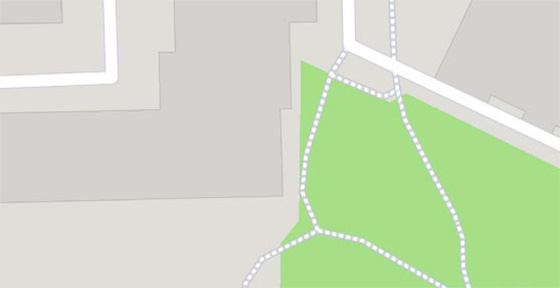Buckingham Palace Garden
Buckingham Palace Gardens are the private gardens of the royal family, located at the back of Buckingham Palace, designed by the famous English gardener, Henry Wise (1653-1738). An area of 17 hectares, divided by gravel paths with a total length of 2.5 miles, is opened to the public only periodically or on special occasions, e.g. during holidays related to the royal family.
The park's vegetation is very diverse - it includes many rare tree species (Indian chestnut, silver maple, swamp cypress) and monumental specimens, such as the mulberry tree remembering the reign of James I Stuart (1567–1625) - they were planted because the ruler wore with the idea of silkworm farming, which ended in failure. The garden has a tennis court, a spacious gazebo, a helicopter landing pad and a lake founded in the 19th century.
There are many works of art located in the park, of which the Waterloo Vase is considered the most interesting - a large, weighing 15 tons and an urn, almost 5 meters high, made of one block of marble. It was created on the orders of Napoleon, who intended to celebrate his victories in this way. After the defeat of the French at Waterloo in 1815, the vase was handed over to George IV, who intended to place it in Windsor Castle. The plan was not implemented, because the monumental building could not support the castle floors. In later years, the vase was moved several times to finally stand in Buckingham Palace Gardens.
Attractions inside




